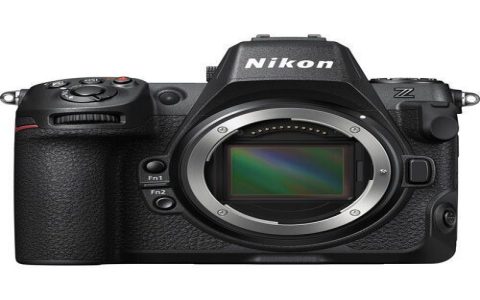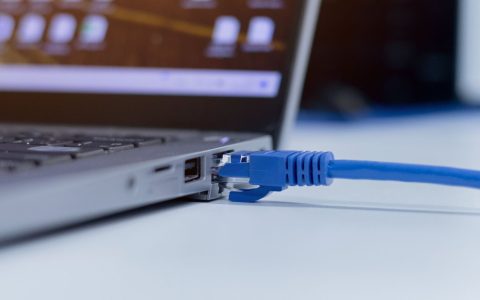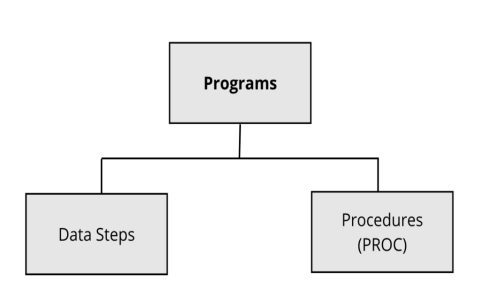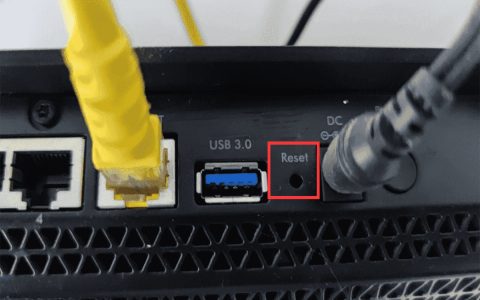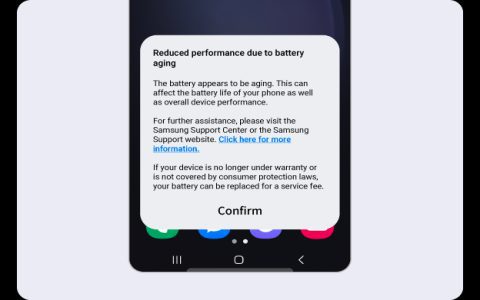Using USB 3.0c technology involves straightforward steps for efficient data transfer or charging. Focus on compatibility and correct handling for optimal results.
Prerequisites
Verify Device Support
- Ensure your host device (e.g., laptop) and peripheral (e.g., external drive) support USB 3.0 Gen 1 or higher speeds.
- Confirm port markings: Look for the SuperSpeed USB or SS symbol on devices.
Implementation Steps
- Acquire a Compatible Cable: Use a certified USB-C cable rated for USB 3.0 speeds. Avoid older cables to prevent bottlenecks.
- Connect Securely: Align the reversible Type-C connector with the port—no force needed. Plug in firmly until it clicks for stable data or power flow.
- Initiate Usage: For data transfer, access files via OS file manager. For charging, monitor battery indicators for fast-charge activation (e.g., 100W+ support).
Best Practices
Optimize Performance

- Maintain clean ports and cables to avoid debris-related failures.
- Update device drivers and firmware regularly for speed enhancements.
- Troubleshoot issues by testing with alternate cables or devices to isolate faults.
Following these steps ensures reliable USB 3.0c operation without common pitfalls.


